Description
A Domestic Scene by Annibale Carracci printed on a Sweatshirt
This tenderly observed scene of family life, with a mother warming her child’s nightgown before a small fire in the hearth of their home while her two children and cat look on, probably dates from the early 1580s. The mood of quiet intimacy is a striking characteristic in the revolutionary genre studies and paintings by Ludovico and Annibale Carracci.
Here, Annibale’s quick inspired handling of the watery pale washes, which run on the white surface of the paper “in the form of a stain” (to borrow the apt phrase of sixteenth-century Italian art theorists who admired this type of virtuoso sketching), leads to magical effects of tone. The light emanating from the fire is a key protagonist in the composition. The artist’s use of wash to define form must rank among the most daring exercises of draftsmanship, for his self-confidence was such that he apparently improvised the drawing without any underdrawing whatsoever. When the drawing was in the collection of the Eighteenth-century drawing connoisseur Pierre-Jean Mariette (1694-1774) it was reproduced in reverse by the Florentine printmaker Vincenzo Vangelisti (1740-1798) in a mixed-method engraving and etching printed in brown ink.
An impression of this design, bearing the collector’s marks of Moriz von Fries and Thomas Lawrence, two previous owners of the drawing itself, is in the Metropolitan Museum of Art (inv. 1972.133.2a). The present drawing was exhibited in Leicester in 1954, with an attribution to Bartolomeo Schedoni, proposed by E. K. Waterhouse. This suggestion has not found acceptance, even though Babette Bohn in her monograph of 2005 rejected the attribution of the drawing either to Annibale or Agostino Carracci.
About the Sweatshirt
Regular fit
Standard length, the fabric easily gives into movement
Comfortable
The fabric and fit of this item are extra comfy
Tear-away tag
Easily removable tear-away tag that allows you to add a custom inside label
This Unisex Premium Sweatshirt has a classic crew neck, flattering unisex fit, and soft 100% cotton exterior.
- 100% cotton face
- 65% cotton, 35% polyester
- Charcoal Heather is 55% cotton, 45% polyester
- Fabric weight: 8.5 oz./yd.² (288.2 g/m²)
- Tightly knit 3-end fleece
- Side-seamed construction
- Self-fabric patch on the back
- Double-needle stitched rib collar, cuffs, and hem
- Tear-away label
Annibale Carracci (c. 1560-1609)
Annibale Carracci was an Italian painter and instructor, active in Bologna and later in Rome. Along with his brothers, Annibale was one of the progenitors, if not founders of a leading strand of the Baroque style, borrowing from styles from both north and south of their native city, and aspiring for a return to classical monumentality, but adding a more vital dynamism. Painters working under Annibale at the gallery of the Palazzo Farnese would be highly influential in Roman painting for decades.
Annibale Carracci was born in Bologna, and in all likelihood was first apprenticed within his family. In 1582, Annibale, his brother Agostino and his cousin Ludovico Carracci opened a painters’ studio, initially called by some the Academy of the Desiderosi (desirous of fame and learning) and subsequently the Incamminati (progressives; literally “of those opening a new way”). While the Carraccis laid emphasis on the typically Florentine linear draftsmanship, as exemplified by Raphael and Andrea del Sarto, their interest in the glimmering colours and mistier edges of objects derived from the Venetian painters, notably the works of Venetian oil painter Titian, which Annibale and Agostino studied during their travels around Italy in 1580–81 at the behest of the elder Caracci Lodovico. This eclecticism was to become the defining trait of the artists of the Baroque Emilian or Bolognese School.
In many early Bolognese works by the Carraccis, it is difficult to distinguish the individual contributions made by each. For example, the frescoes on the story of Jason for Palazzo Fava in Bologna (c. 1583–84) are signed Carracci, which suggests that they all contributed. In 1585, Annibale completed an altarpiece of the Baptism of Christ for the church of Santi Gregorio e Siro in Bologna. In 1587, he painted the Assumption for the church of San Rocco in Reggio Emilia.
In 1587–88, Annibale is known to have had travelled to Parma and then Venice, where he joined his brother Agostino. From 1589 to 1592, the three Carracci brothers completed the frescoes on the Founding of Rome for Palazzo Magnani in Bologna. By 1593, Annibale had completed an altarpiece, Virgin on the throne with St John and St Catherine, in collaboration with Lucio Massari. His Resurrection of Christ also dates from 1593. In 1592, he painted an Assumption for the Bonasoni chapel in San Francesco. During 1593–94, all three Carraccis were working on frescoes in Palazzo Sampieri in Bologna.
Carracci was remarkably eclectic in thematic, painting landscapes, genre scenes, and portraits, including a series of autoportraits across the ages. He was one of the first Italian painters to paint a canvas wherein landscape took priority over figures, such as his masterful The Flight into Egypt; this is a genre in which he was followed by Domenichino (his favorite pupil) and Claude Lorrain.
Carracci’s art also had a less formal side that comes out in his caricatures (he is generally credited with inventing the form) and in his early genre paintings, which are remarkable for their lively observation and free handling and his painting of The Beaneater. He is described by biographers as inattentive to dress, obsessed with work: his self-portraits (such as that in Parma) vary in his depiction.

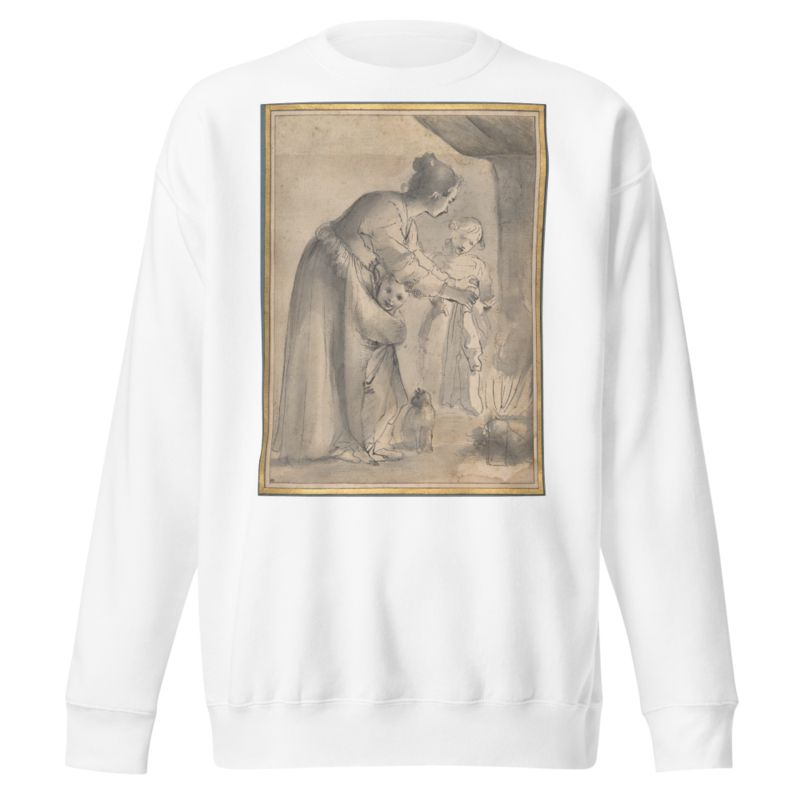
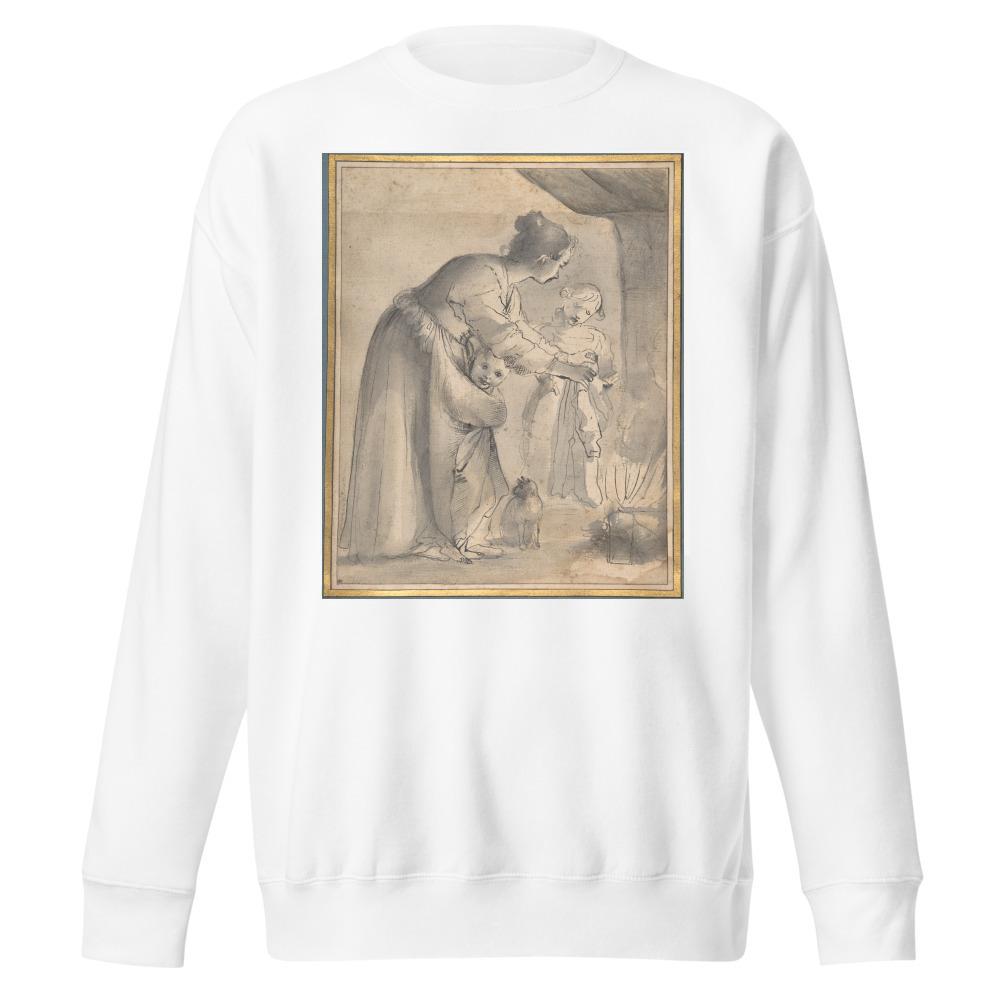
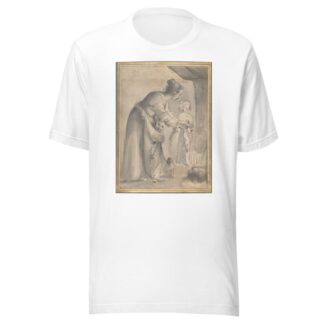
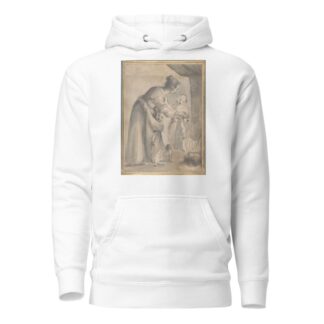
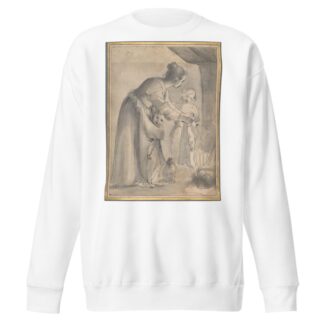
Reviews
There are no reviews yet.